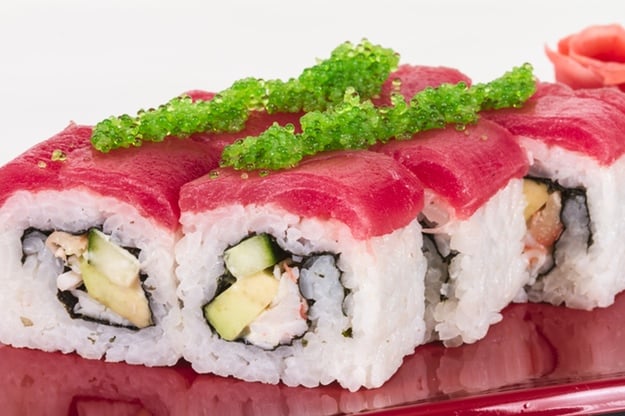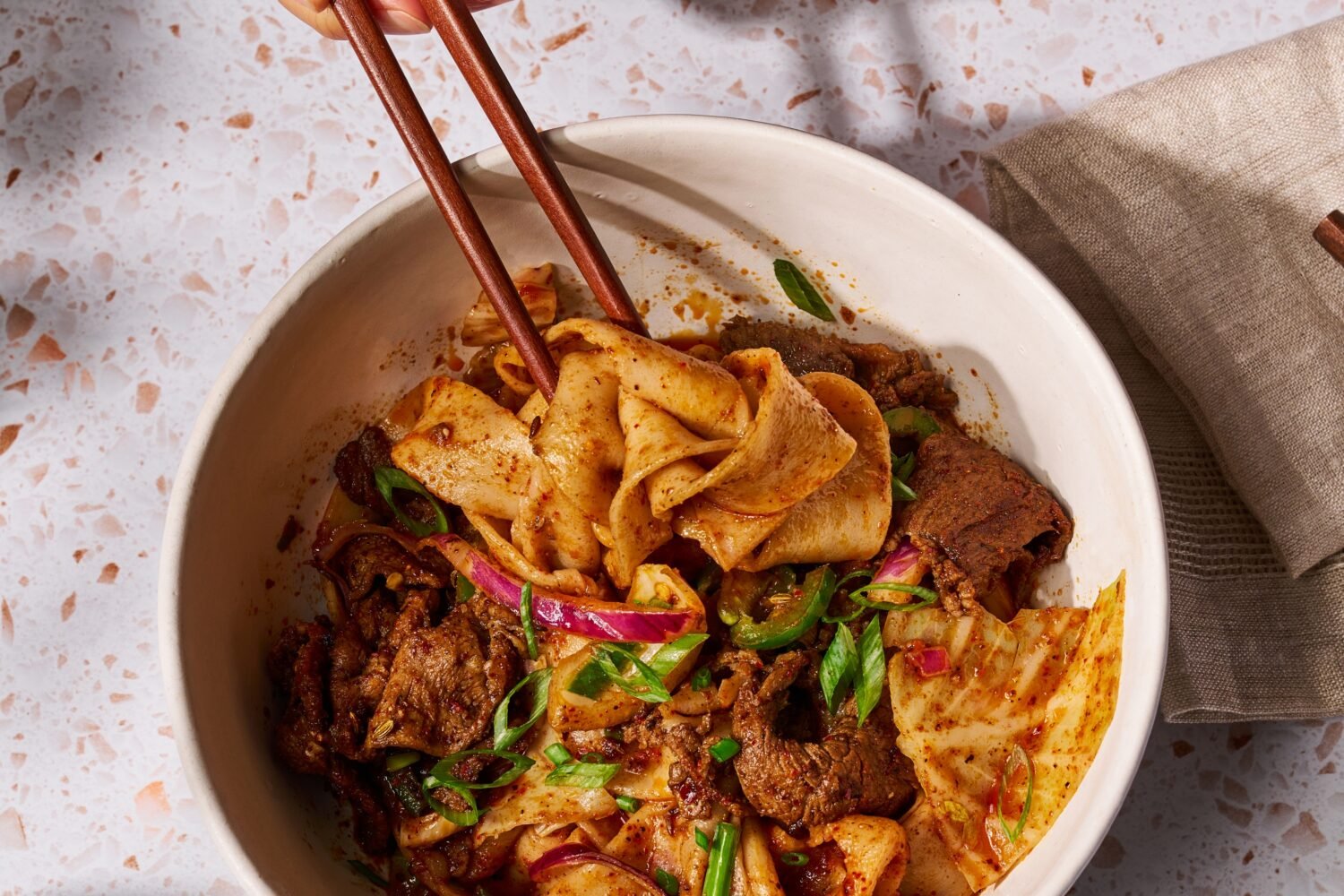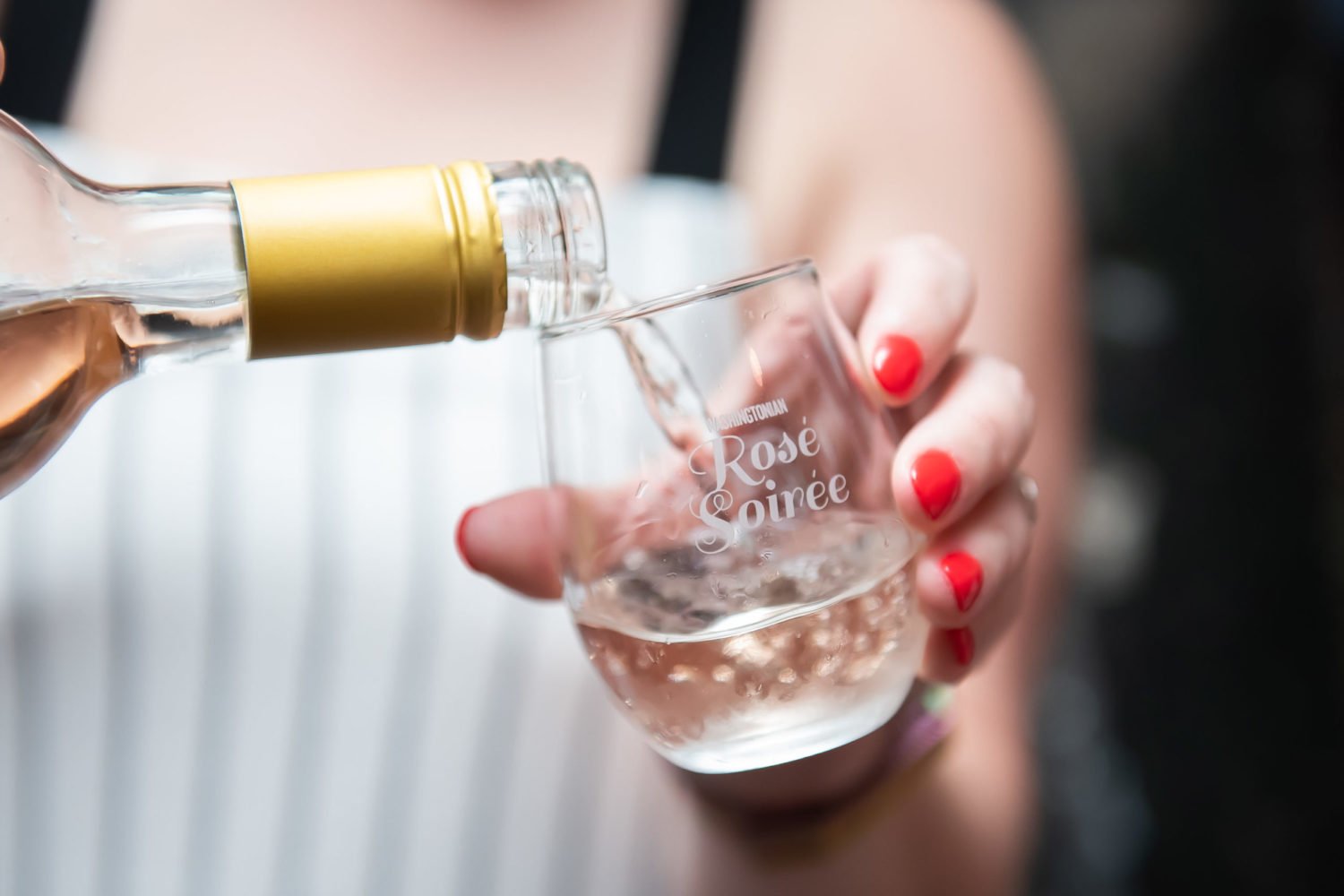You walk into your favorite sushi joint and order a white tuna roll. What you could be getting: an escolar roll with a side of gastrointestinal distress (depending on your sensitivity and how much is consumed). Oceana, an international organization dedicated to ocean conservation, just released an extensive report on seafood fraud across America, including a particular focus on cities like Boston, New York, and Washington. The results are mixed, but for Washington sushi and sashimi lovers, there’s some reason for concern.
Seafood fraud can occur at a number of points between the boat and your plate—from fisherman or processing companies mislabeling seafood to buyers and restaurants listing one species on the menu and serving another. A common example in our area is crab. If someone can sell cheap Asian or South American meat as “Maryland crabcakes” at a premium and turn a profit—or keep customers coming back for the same product when local crustaceans aren’t in season—then that’s seafood fraud. And it happens quite often. Besides economics, the biggest concerns are when a threatened species is identified as a sustainable one, or when a fish that carries a health advisory, like escolar, is substituted for another that’s generally considered safe to eat, such as white tuna.
Oceana spent two years collecting samples from grocery stores, restaurants, and sushi venues in Washington, testing DNA results against what was listed on labels. Overall, about one in four of the 105 species tested was misrepresented. And when it comes to raw eating, the results weren’t good. Deliberately or not, every sushi spot assessed sold escolar—a variety of snake mackerel—instead of white tuna. The oily (read: “buttery”) white fish is actually pretty delicious, but consuming too many ounces or simply having a sensitive stomach can lead to discomfort (hence the nickname “ex-lax fish”). In all but once case, snapper sushi was actually tilapia. (Nationwide, fish labeled “snapper” is often not.) The switch won’t send you running to the restroom, but you probably paid more than the farmed fish is actually worth.
Cooked fish eaters, you’re not necessarily safe either. Forty percent of eateries tested were found to sell mislabeled seafood, with one “expensive restaurant” in DC serving threatened Atlantic halibut instead of the more sustainable Pacific halibut advertised on the menu (yes, we’re curious too, but no restaurant names are released in the study due to the fact that fraud can happen before the fish gets in the door). The good news: You’re pretty safe cooking at home. The percentage of local grocery stores that sold mislabeled fish was among the lowest in the country.
So what can you do? Oceana advises asking a lot of questions when you’re in a restaurant or at the seafood counter, and buying whole fish when possible. Also: remember that old adage: You get what you pay for. If you’re tucking into an all-you-can-eat sushi buffet with tuna belly and yellowtail, you may well be tucking into something else entirely.


















